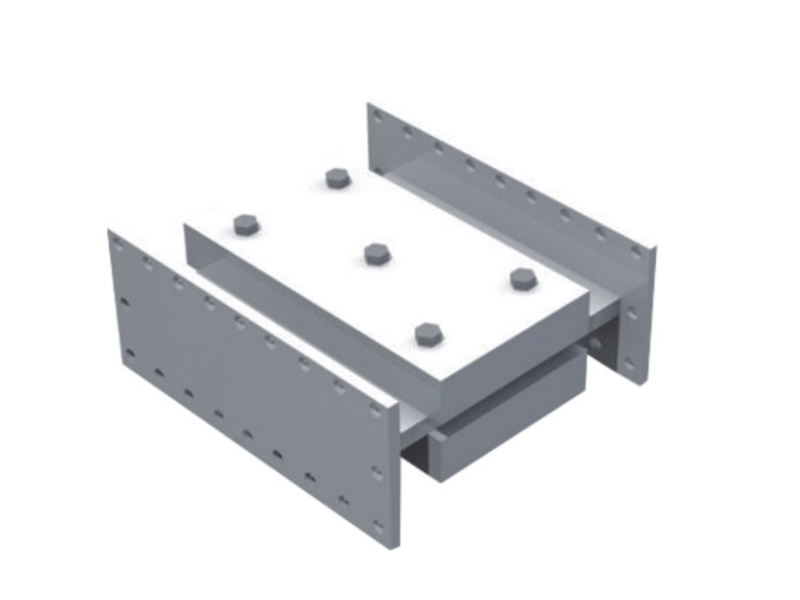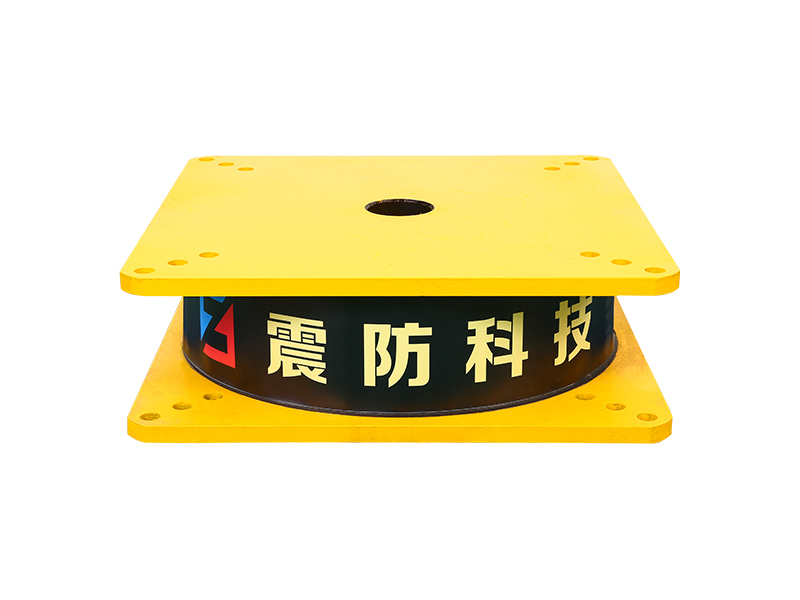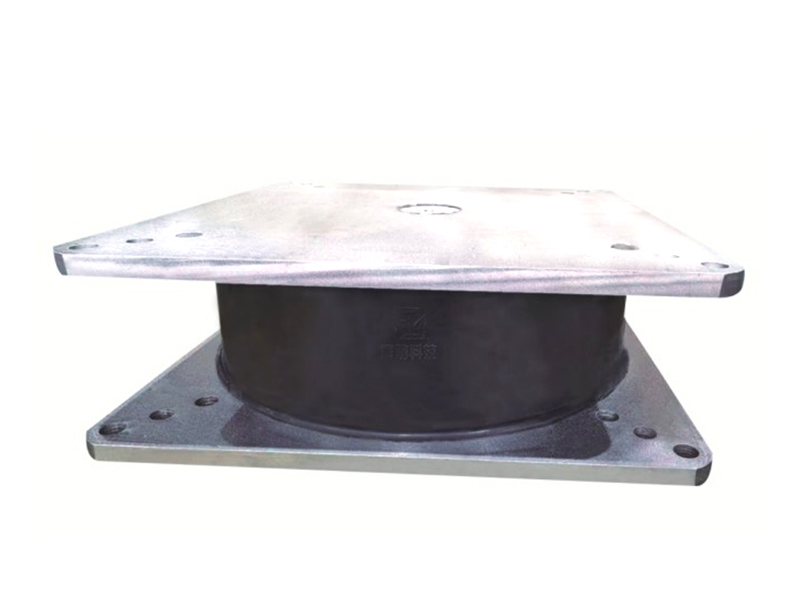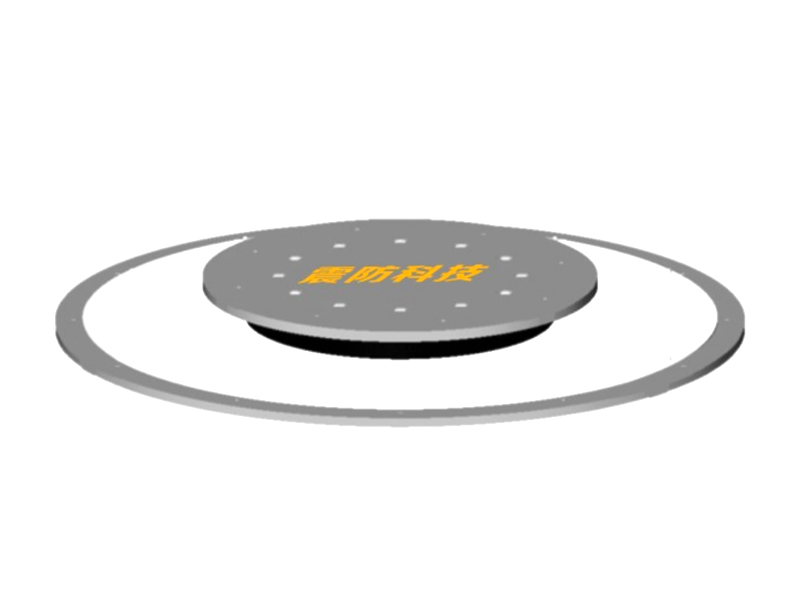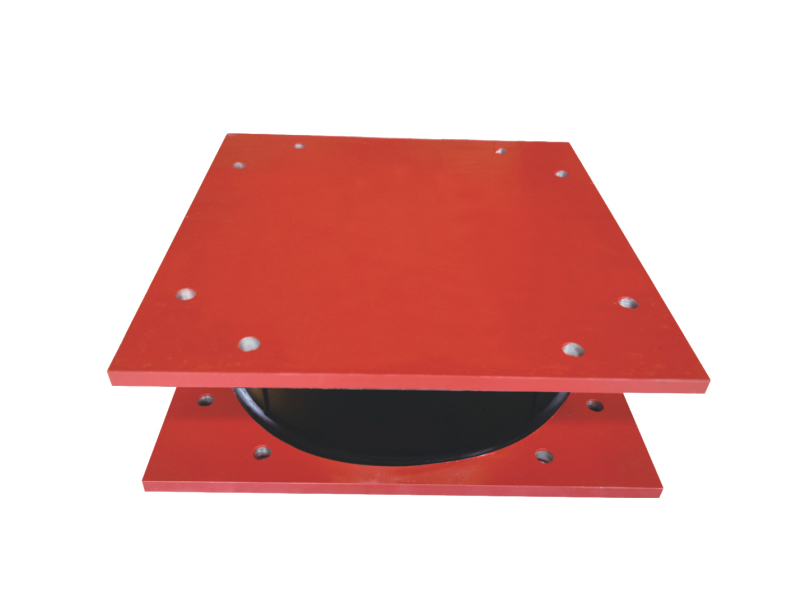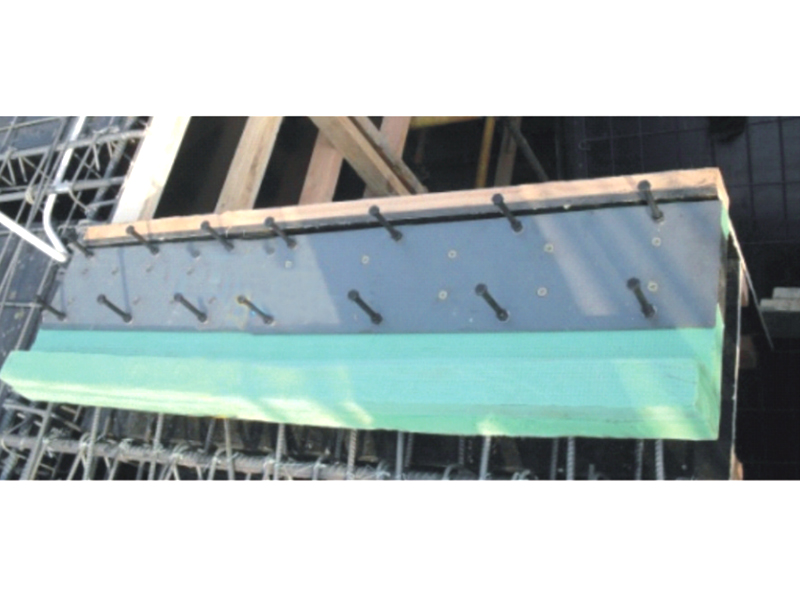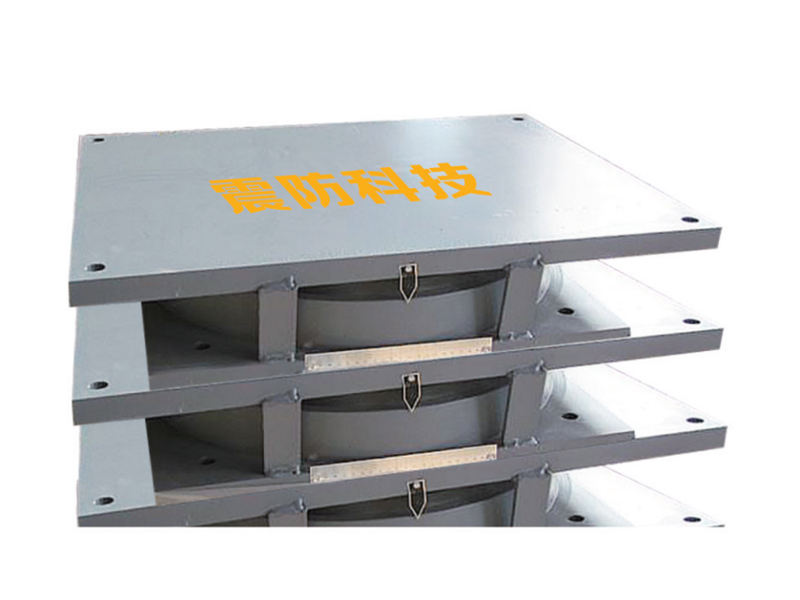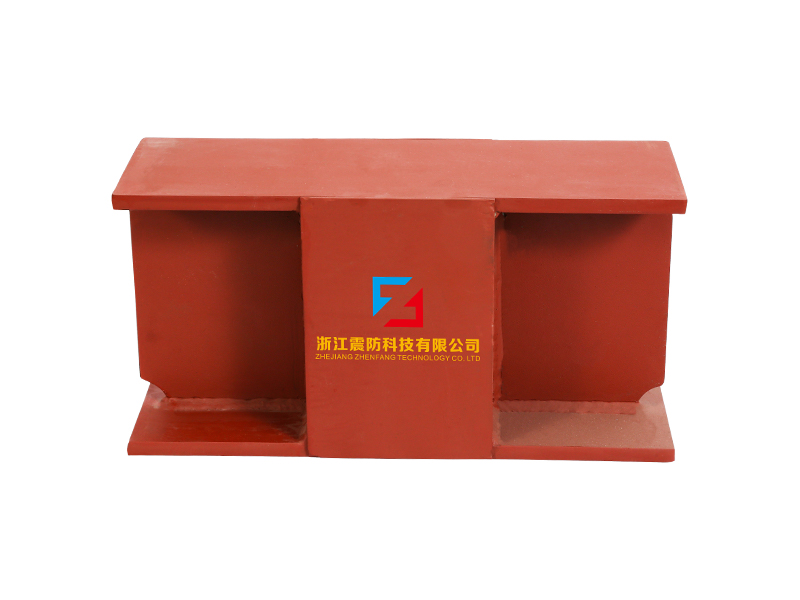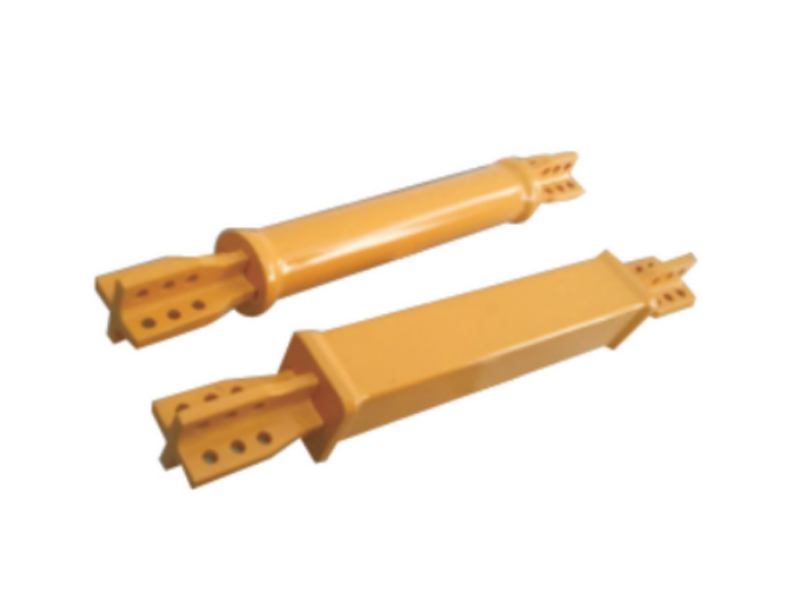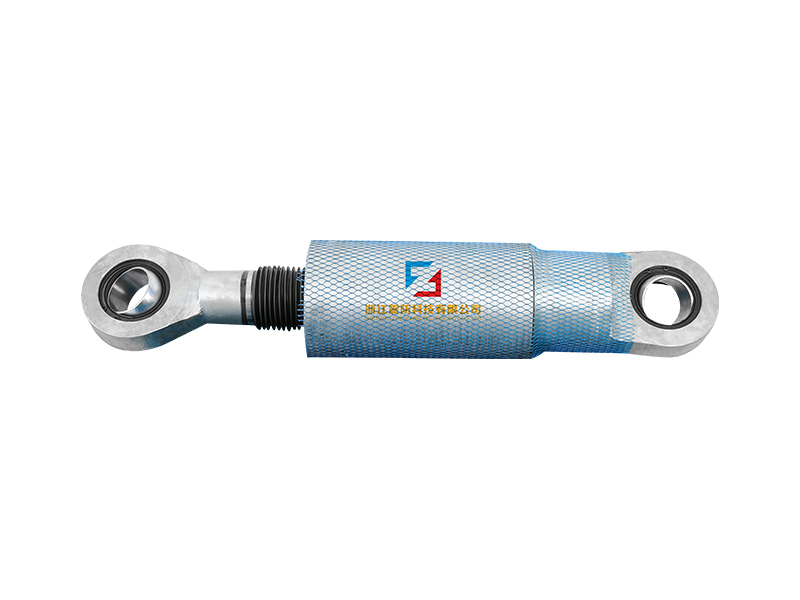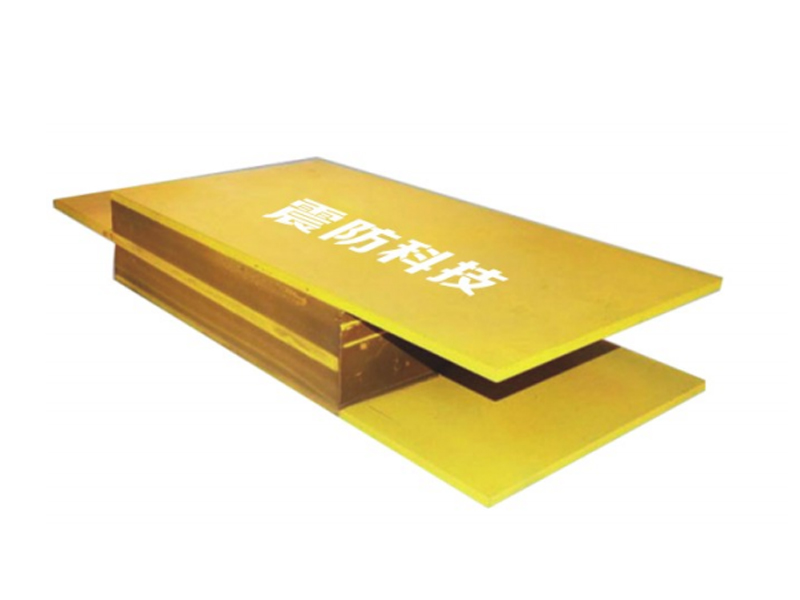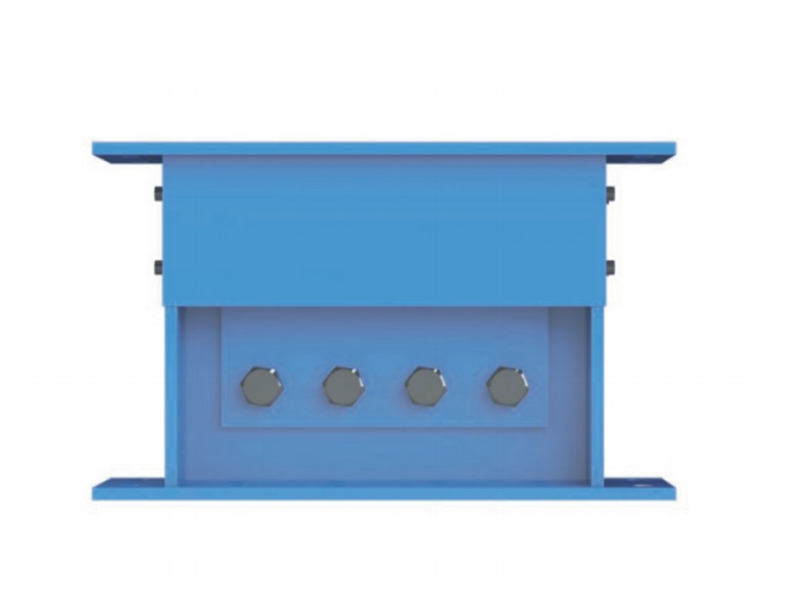Metal Composite Dampers can be constructed using a laminated metal construction. The damping material is bonded to the metal layers using an adhesive. The type of adhesive used depends on the metal and its chemical compatibility. Damping performance per unit volume is an important consideration when designing a damper. This will help ensure the most effective damping properties while reducing the system's mass and fuel consumption.
The properties of the damping composite can be optimized by varying the molecular weight. Higher molecular weight materials have a longer relaxation time, which translates into better damping performance at lower frequencies. In this way, the damping performance peak is shifted. This method is applicable to various damping applications.
Another way to measure damping performance is to use DMA. This technique can be used to evaluate the damping performance of a metal composite damper on a steel beam. A standard steel beam has a thickness of 0.051 cm and a Young's Modulus of 1.8x10-12 dyne/cm2. The damping material is bonded to the steel beam using a thin layer of adhesive. This method is particularly useful for determining the damping capacity of composite materials in a wide range of applications.
Another way to improve the damping capacity of metal composites is to reinforce them with SMA particulates. For instance, Cu-Al-Ni SMA particulates embedded in an indium matrix have shown improved damping capacity. A similar approach was undertaken by San Juan and No, who developed metal matrix composites with a high damping capacity. It also demonstrates that SMA particulates can enhance the stiffness and damping capacity of the aluminum matrix composite.
In order to improve the damping performance of a metal composite damper, the material must be structurally stable. The material should be able to withstand a high load without breaking. Moreover, damping performance should be able to maintain a consistent level of damping. It is crucial to consider the material properties of your metal composite damper before selecting one. This way, you will be able to optimize damping performance.
